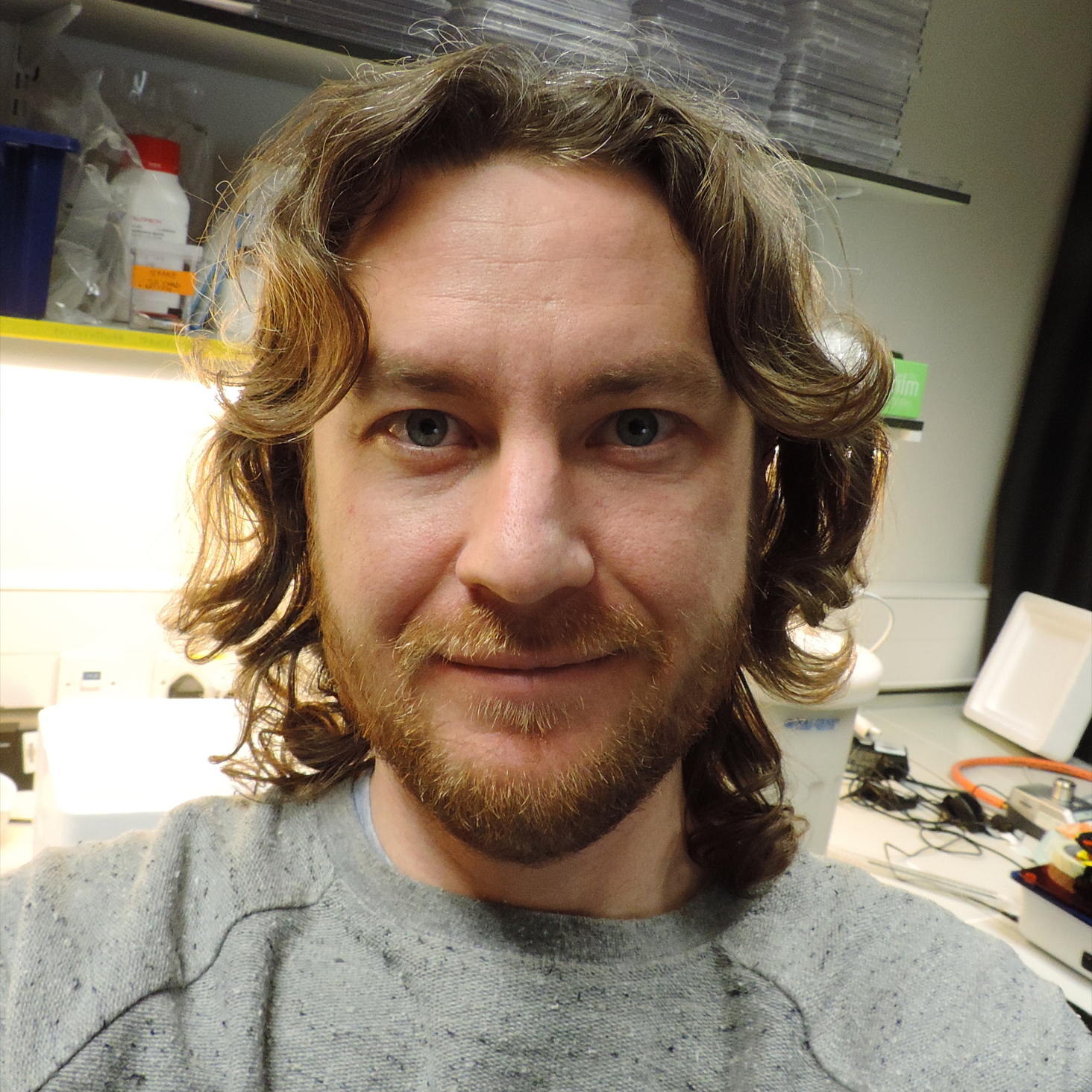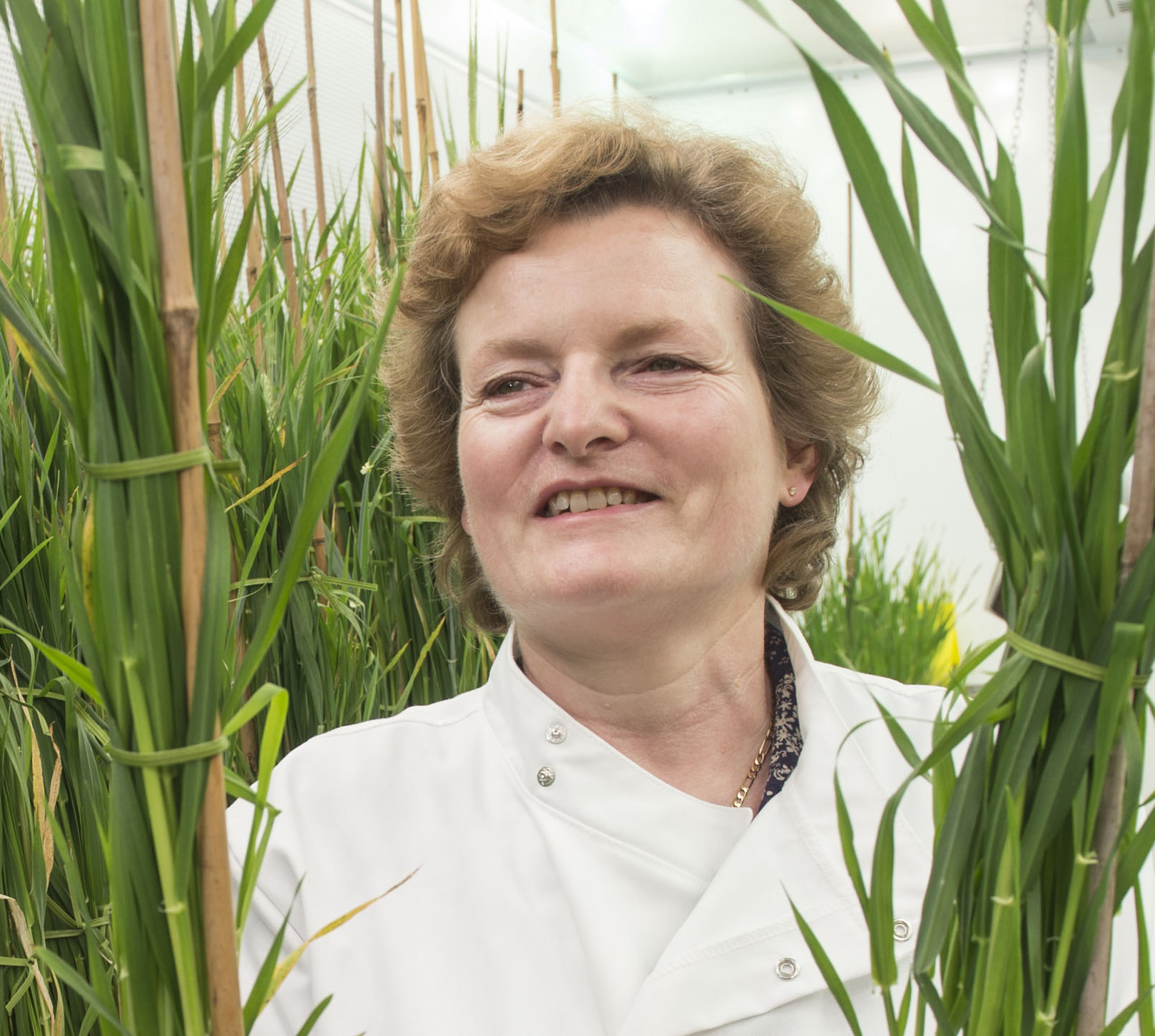Actin visualization: to disclose mechanisms of host cell reorganisation during interactions with microbes
This project aims to develop a resource for actin visualization and imaging in living cells of Medicago truncatula
The Idea
The actin cytoskeleton is required for a multitude of plant cellular functions, including growth, development, cell architecture and response to microorganisms. Actin dynamics are involved in plant immunity and symbiotic interactions, to facilitate dramatic reorganization of the plant cytoskeleton. The aim of our project is to develop a multilevel resource for actin visualization and imaging in living cells of Medicago truncatula based on a genetically encoded fluorescent actin reporter. Medicago is the major model plant to study root nodule symbiosis and arbuscular mycorrhiza symbiosis as well as interactions with different leaf and root pathogens. However, actin labelling in Medicago is to date only achieved through root organ transformation. The establishment of a stable line with actin labelled in every cell including above ground tissue will be useful to a wide scientific community involved in plant-microbe interaction research as well as other research interests. As a powerful instrument it will enable new approaches and experiments, which are currently too complex for implementation. It will enable addressing new scientific questions and open problems and ultimately help to our better understanding underlying mechanisms of plant cell architecture rearrangement during interactions with leaf and root colonising microbes. Therefore, this resource will be exceptionally valuable for the development of new strategies of disease resistance breeding in crops.
The Team
Dr Aleksandr Gavrin,
Research Associate, Sainsbury Laboratory, University of Cambridge
Dr. Edouard Evangelisti,
Research Associate, Sainsbury Laboratory, University of Cambridge
Dr Sebastian Schornack,
Research Group Leader, Sainsbury Laboratory and Department of Plant Sciences, University of Cambridge
Prof Wendy Harwood,
Senior Scientist, Crop Transformation Group, John Innes Centre
Project Outputs
Project Report
SUMMARY OF THE PROJECT'S ACHIEVEMENTS AND FUTURE PLANS
Project Proposal
Original proposal and application
Project Resources
Six month progress report, August 2018
Summary
Actin cytoskeleton and its coordinated dynamics are required for a multitude of plant cellular functions, including growth, development, immunity and symbiotic interactions. The aim of our project is to develop a tool for actin visualization and imaging in living cells of Medicago truncatula as a main model plant to study root nodule and arbuscular mycorrhiza symbiosis as well as interactions with different pathogens. The generated tools consist of several universal modules and vectors, which can be used for actin visualization in living cells of plants and their infecting oomycete pathogen and therefore useful to the wide scientific community involved in actin and plant-microbe interaction related research.
Report and outcomes
Our project is aimed at development of new tools for actin visualization and imaging in living cells of Medicago truncatula. To do this we decided to use a genetically encoded actin reporter based on the fimbrin Actin Binding Domain 2 (ABD2) flanked by green fluorescent proteins (GFP-ABD2-GFP). This reporter has minimal side effects on plant growth and shows high quality actin labelling. Since our project is designed in accordance with principles of open sharing and standardised resources we generated GFP-ABD2-GFP and two symbiotic specific Leghemoglobin (pLB) promoters as Level 0 Modules for Golden Gate cloning. Then, using these parts we generated several Level 1 modules containing transcriptional units for actin reporter expression under control of Arabidopsis Ubiquitin 10 (pUBQ10) constitutive promoter and LB promoters as well as GUS reporters driven by LB promoters (Table 1). Combining this transcriptional units we generated destination vectors for actin reporter and promoter GUS fusion of LB promotors. All generated modules and destination vectors are conform to the common syntax and may be useful for other researchers studying actin dynamics and its relevance for different plant-microbe interactions. Currently we are testing all our vectors by means of transient expression in Medicago hairy roots. Subsequently, these vectors will be made publicly available at Addgene.
Table 1. List of generated vectors
The second goal of our project was to generate a Medicago accession R108 stable transgenic line expressing a dual transcriptional unit pUBQ:GFP-ABD2-GFP + pLB:GFP-ABD2-GFP. This would enable actin imaging in all types of cells and tissues during interactions with root and nodule inhabiting microorganisms. However, recently in personal communications with Prof. Elison Blancaflor (Plant Cell Biology Lab, Noble Research Institute, Ardmore, USA) we learnt that his group already generated a Medicago line expressing pUBQ10:GFP-ABD2-GFP. This line has never been published or made publicly available. We therefore established a collaboration with Prof. Blancaflor and currently are designing a collaborative project. Prof. Blancaflor provided us with seeds of this line. We tested it for plant pathogen and symbiotic interactions. This line showed a good extent of actin visualization and is well suited for plant-microbe interaction research (Figure 1A, B). Moreover, a group of Prof. Kong (State Key Laboratory of Plant Genomics, Institute of Microbiology, Beijing, China) just published similar transgenic Medicago line in August 2018. Their line as well expresses the fluorescent actin marker ABD2‐GFP driven by UBQ10 promoter (Zhang et al., 2018). Even though the ubiquitin promoter is not active in fully developed symbiotic cells of Medicago nodules colonised by nitrogen-fixing rhizobia its activity covers most types of plant tissues. Therefore, we consider generation of another Medicago stable transgenic line with our construct as an unjustified spending of resources.
Instead of replicating a Medicago line expressing the actin reporter we focused our efforts on establishing an actin labelled Phytophthora palmivora. P. palmivora is a devastating phytopathogen, which causes root, bud and fruit rotting diseases in many important crops. Despite its negative impact, nothing is known about the molecular basis underlying its ability to infect its host species, including Medicago (Evangelisti et al., 2017). The dynamics of actin in Medicago-pathogen interactions are not known either. To this end, together with Dr. Edouard Evangelisti, who previously developed a protocol for P. palmivora transformation, we designed another actin reporter with two different fluorescent tags Lifeact:mCitrine and Lifeact: mScarlet-I. Lifeact is the second most used actin reporter, which stained filamentous actin structures in eukaryotic cells. Based on that we generated two destination vectors for the actin reporter expression in plants (pUB1500-Dest Lifeact:mCitrine) and in P. palmivora (pTORKm34GW UBC2pro:Lifeact:mScarlet-I). The last was successfully introduced into P. palmivora. The transformants clearly show actin distribution within growing hyphae without any effects on its virulence (Figure 1C). The strain will be available upon request.
Figure 1. Dynamic rearrangement of actin filaments (GFP) at the epidermal infection sites with Phytophthora palmivora (RFP) (A) and around intracellular haustoria of P. palmivora (B). Actin labelling in P. palmivora expressing Lifeact:mScarlet-I (C).
Follow on Plans
We will not be claiming the £1,000 follow-on fund because we generated vectors and the second part of the original project will not be carried out. We have utilised the funds made available vectors for Medicago and P. palmivora labelling of actin. The vectors will be available through Addgene and the transgenic P. palmivora isolate will be distributed upon request. Our remaining work in this project will aim at infecting actin labelled roots with actin labelled pathogen to establish whether plant and microbe co-align their filaments when forming intimate structures such as haustoria or whether actin organisation is independent in the host and microbes. The rest of money will be spend for horticulture and confocal microscopy facilities costs, which are necessary for further validation of the generated vectors and the proposed remaining works.
References
Zhang X, Han L, Wang Q, Zhang C, Yu Y, Tian J, Kong Z. The host actin cytoskeleton channels rhizobia release and facilitates symbiosome accommodation during nodulation in Medicago truncatula. (2018) New Phytol. doi: 10.1111/nph.15423.
Evangelisti E, Gogleva A, Hainaux T, Doumane M, Tulin F, Quan C, Yunusov T, Floch K, Schornack S. Time-resolved dual transcriptomics reveal early induced Nicotiana benthamiana root genes and conserved infection-promoting Phytophthora palmivora effectors. (2017) BMC Biology 15:39.
Banner image: Adapted from Gavrin et al., 2017. Interface Symbiotic Membrane Formation in Root Nodules of Medicago truncatula: the Role of Synaptotagmins MtSyt1, MtSyt2 and MtSyt3. Frontiers in Plant Sci.; 8:201. https://doi.org/10.3389/fpls.2017.00201









